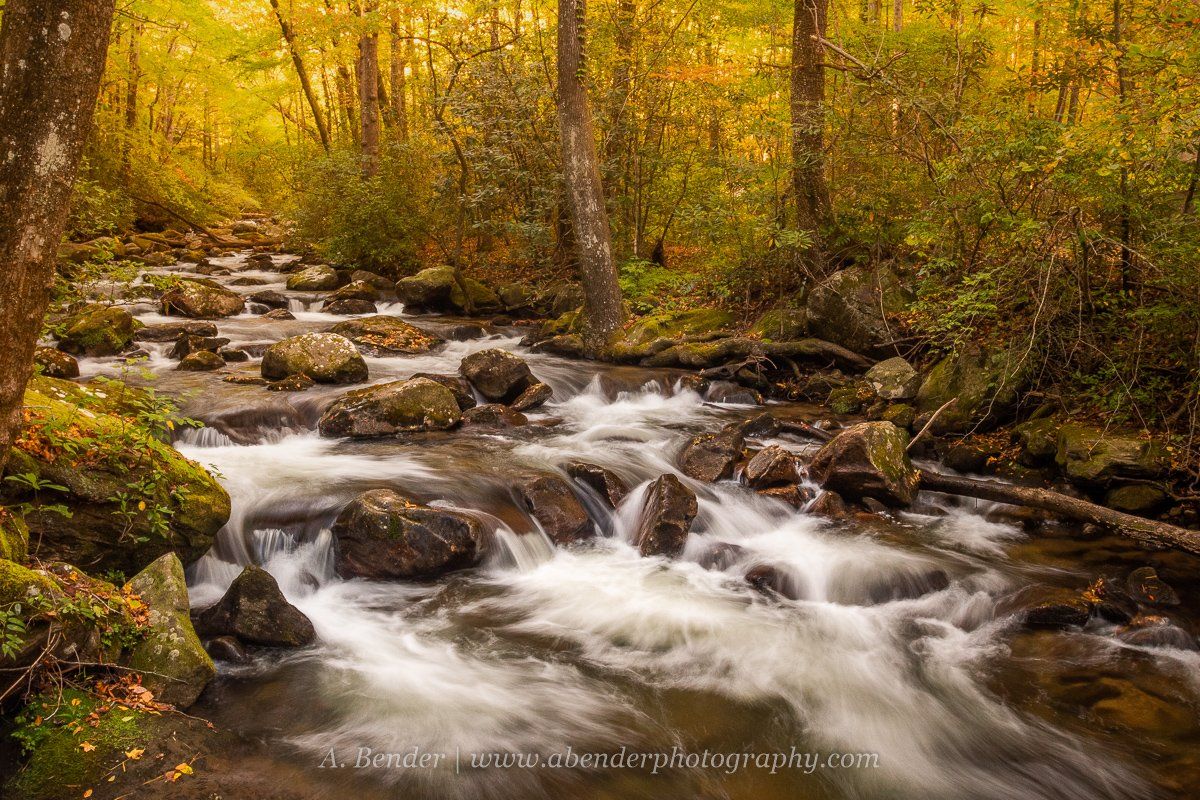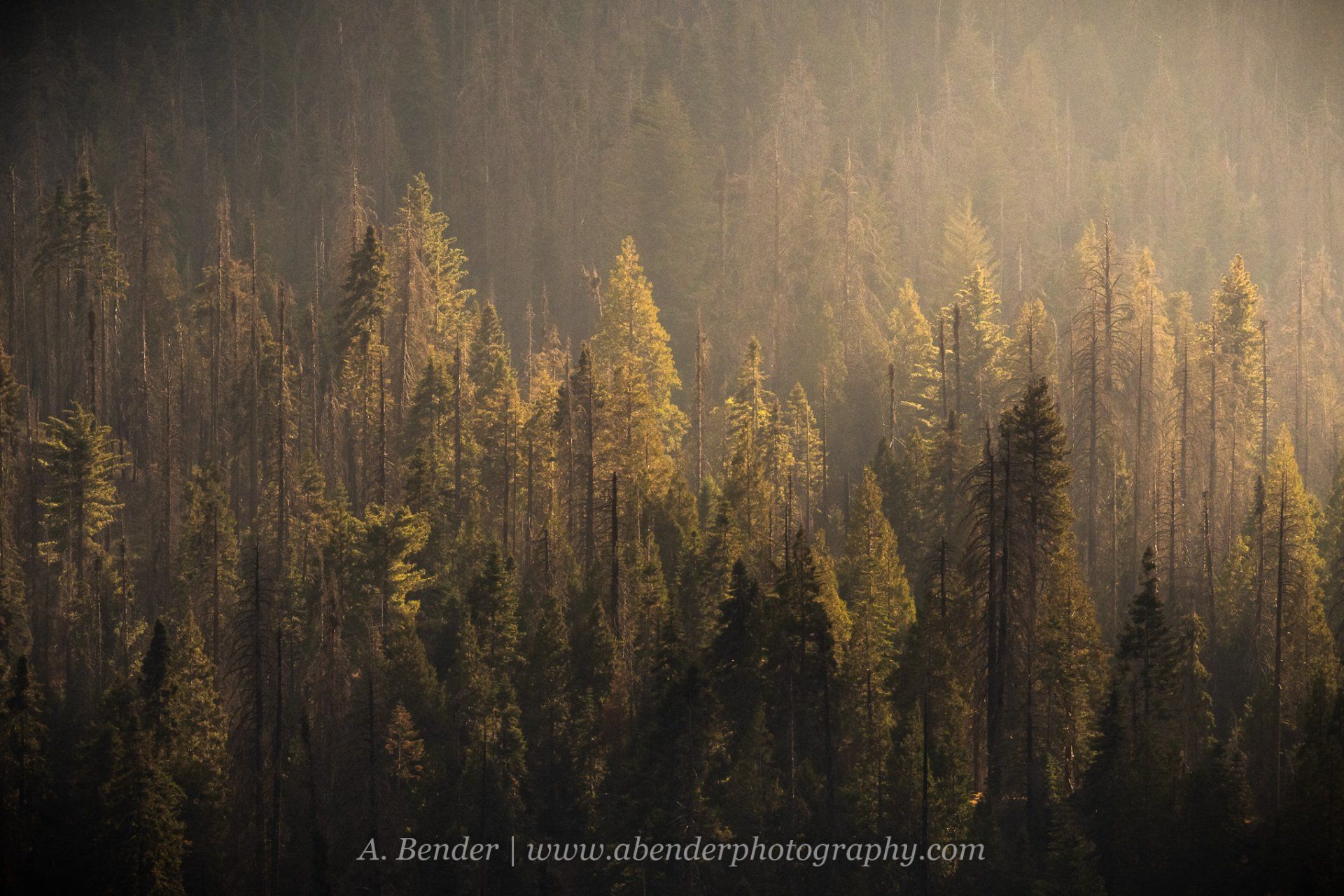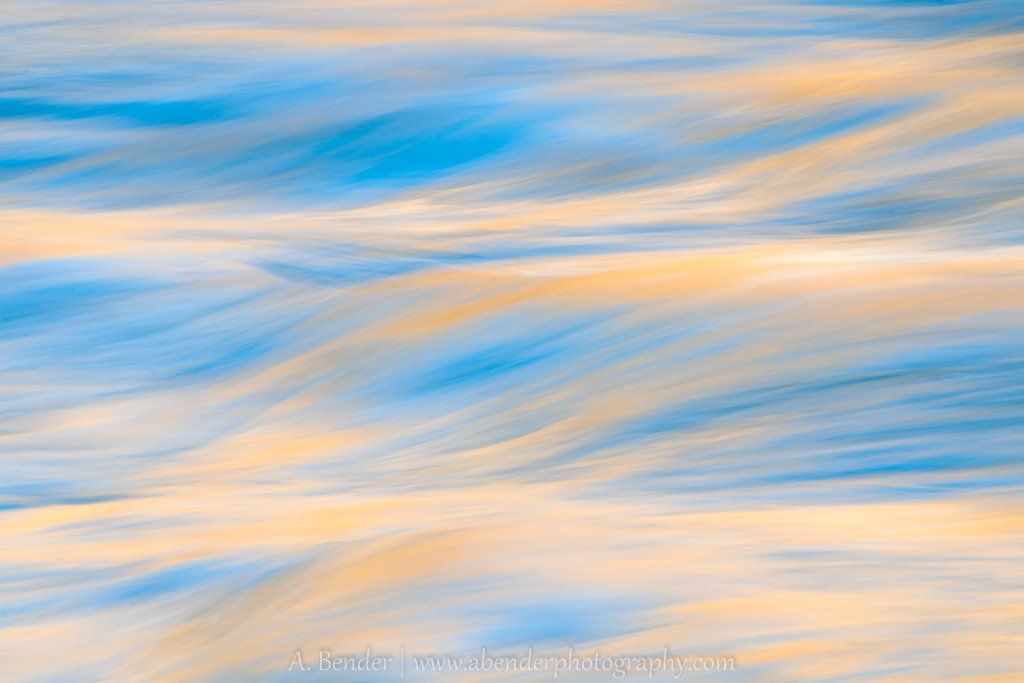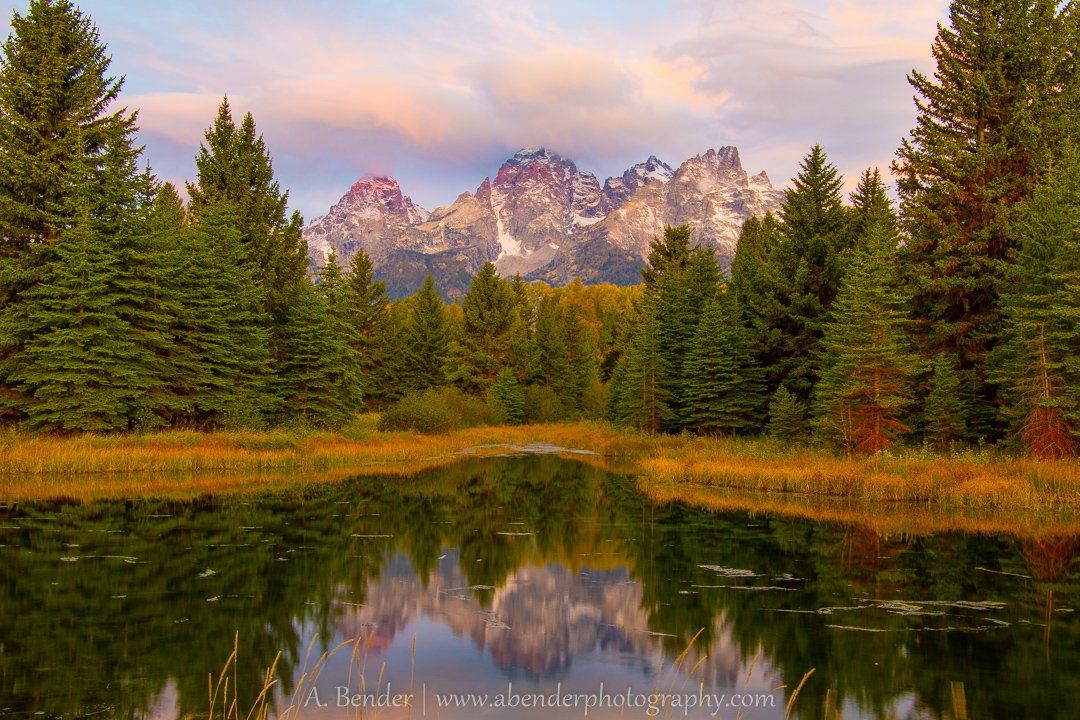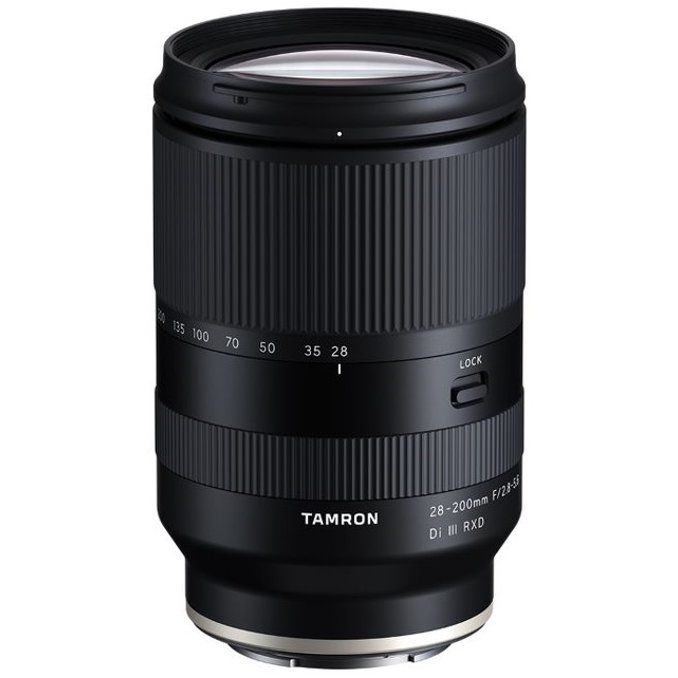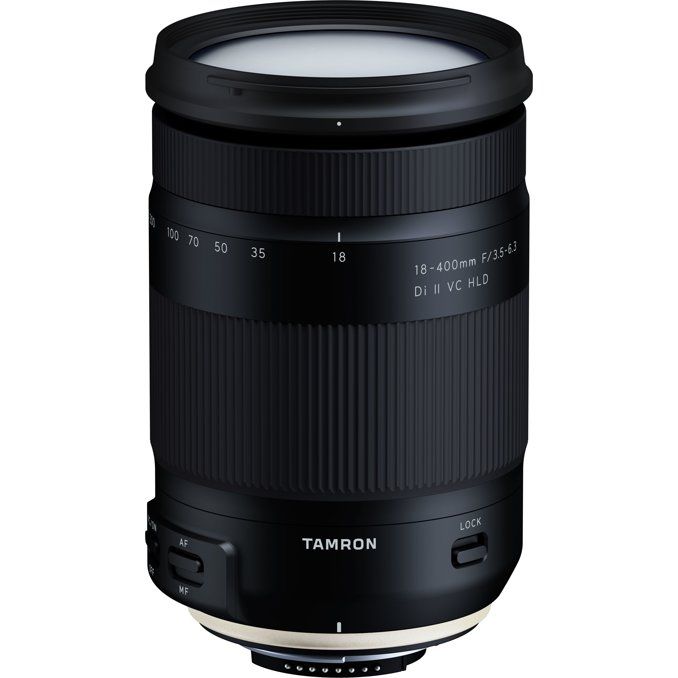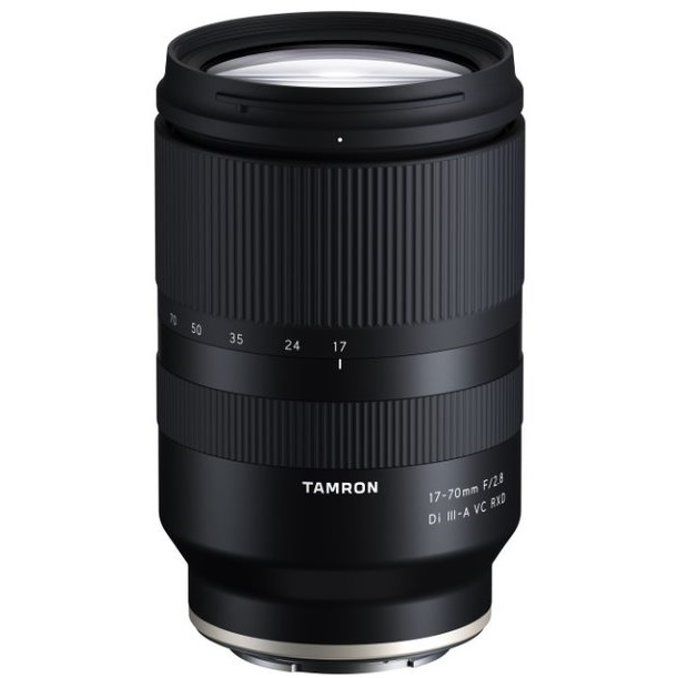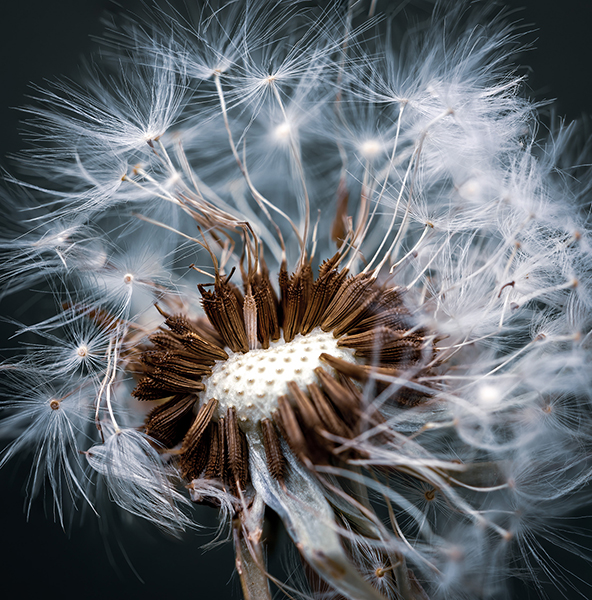August 18, 2021
Alyce Bender is known for her passion for biodiversity, vulnerable species, and environmental awareness, all documented through her carefully captured images. But though you’ll find many traditional nature and wildlife photos in her portfolio, Alyce also enjoys creating abstract and impressionistic imagery that taps into a different side of her brain.“Instead of simply taking a photo of a crane in flight, for example, I’ll try to create the visual personification of that,” she says. “In other words, I want you to feel that emotion you feel when you see the crane in flight, or two rivers coming together. I want you to puzzle over the image a bit and let your brain create a story to accompany it.”To take the photos for these particular collections, Alyce uses the Tamron 150-600mm VC G2 telephoto zoom. “This lens gives me the reach I need to focus in on areas of detail, texture, and movement, for both my traditional nature and wildlife photos and for my fine-art work,” she says. “Its versatility is a huge draw for me. I’ll often get bored while sitting around waiting for wildlife to show up to photograph. It’s amazing that I don’t even have to switch lenses to switch gears and create my more abstract work.”Alyce tries to keep her fine-art images as simple and minimalist as possible, without using filters or Photoshop to create the movement and blur in her photos. “It’s all done in-camera,” she says. “People already know what a bison, bear, or coastline filled with reeds looks like, so I want to present my subjects in a different way. It makes the viewer pause and think a little more about the image.”CLICK HERE to Read on for Alyce’s explainer on the thought process behind each piece created here with the 150-600mm G2 lens.

